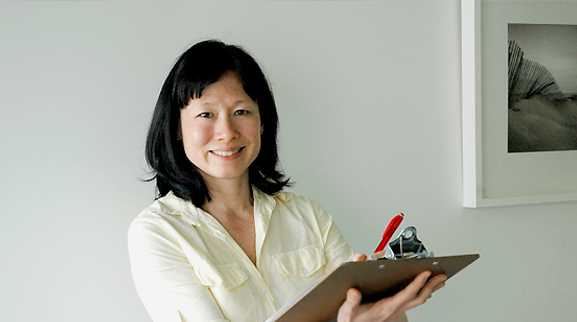THE BENEFITS OF PHYSIO
How Physiotherapy can help you perform better and feel better
Posture and Movement
Posture and Movement
Physiotherapists are posture and movement specialists. We strive to understand the body, how it should function normally and how dysfunctions in the system lead to pain. We research and learn about how the various components of the musculoskeletal system – bones, joints, connective tissue (fascia), muscles, tendons, ligaments and nerves should work harmoniously to produce efficient, pain-free movement. Once normal is known, we can figure out how the patient’s presentation deviates from the ideal.
Causes of pain
Pain inevitably results from mal-alignment, poor muscle control, imbalances in tissue length-tension and poor body mechanics. A physiotherapist’s role is to analyze the root cause and contributing factors of the problem and how best to fix it. The aim is to break the pain cycle, correct the dysfunctions in order to minimize stress and strain on the injured structure(s).
For example, the head of the humerus (the ball) in the shoulder joint should stay centered in its socket at rest and during movement. It should act as a golf ball sitting, sliding and rotating within its tee. If the head of the humerus should consistently move forward or repeatedly shift forward and upward during movement, it can potentially set the stage for painful impingement of the rotator cuff tendons between the head and the acromial arch of the scapula above.
Manual (hands on) therapy
Physiotherapists, like chiropractors and massage therapists, use their hands as tools to assess, guide, make corrections and re-assess the corrections made. A thorough assessment and accurate diagnosis is key to an effective treatment plan. We have a range of manual therapy techniques at our disposal to free up restrictions, align joints, teach correct muscle recruitment and correct body mechanics. We teach you how to sit, stand and move in pain-free patterns.
In the example above, there is often an imbalance of forces exerted on the ball joint. Some structures are tight and restricted, others weak, long and loose. Correcting these imbalances using manual therapy will restore a centered humeral head and relieve the impingement. The patient is then taught to move their arm with the centering in mind.
Physical Performance
You not only benefit from physiotherapy once you are injured, you can also maintain your improvements and avoid re-injury through a system of exercises and good habits. Physiotherapy can enhance physical and sports performance by optimizing alignment, flexibility, muscle recruitment and movement efficiency. A good physiotherapist is like a good car mechanic, knowing how to keep the machine in tip top condition for maximum performance and best fuel efficiency.
Physiotherapist –a movement consultant
There was once a consultant who was called in to fix a complicated machine. After an hour, he pushed a button that fixed the machine and handed his invoice for $100. The manager was curious as to how he could charge that much for pushing a button. The invoice read $1 for pushing the button, $99 for knowing which button to press.
In many respects, a knowledgable and experienced physiotherapist is like this consultant because he or she will figure out which “button” to press to get the machine functioning normally again.



